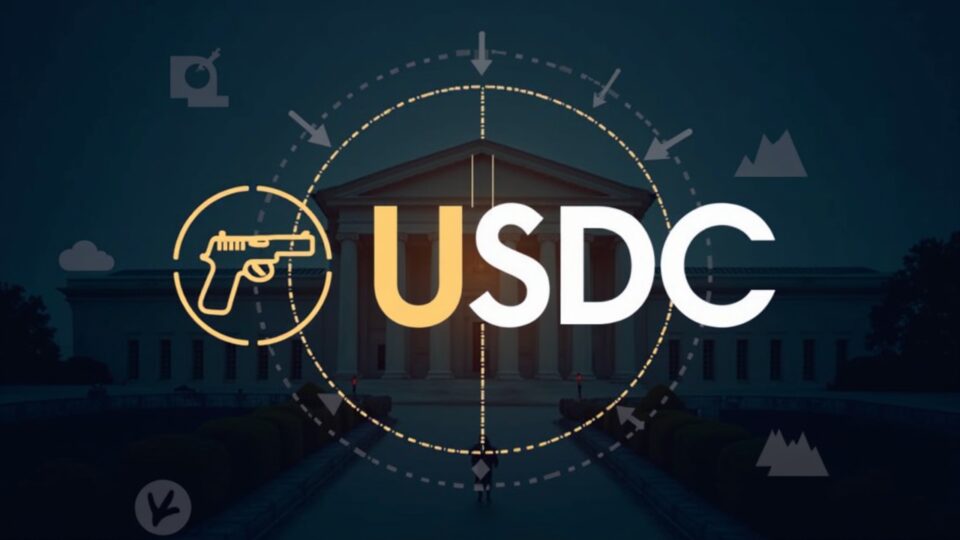Circle revised its USDC Terms of Service to explicitly permit the lawful purchase and sale of firearms, ammunition and explosives, reversing a previous ban. The change, effective in early November 2025, affects merchants, users and compliance teams operating with USDC, placing commercial adoption alongside concerns about censorship and operational control.
Circle clarified in its terms that “USDC may be used for the lawful purchase and sale of firearms, as protected under the Second Amendment”, according to the wording communicated by the company. The decision responds to sustained pressure from gun rights advocacy groups and some legislators, who viewed the prior restriction as a limit on lawful commerce.
Circle retains oversight and transaction‑blocking powers for “inappropriate use”, preserving compliance and risk‑mitigation tools within the platform. The shift could increase USDC’s utility and transaction volume in a politically sensitive commercial segment, while also reviving debates about operational centralization. Circle has been reported as capable of freezing funds —public reports allude to a $57M freeze linked to a team associated with LIBRA— and is exploring mechanisms for reversible transactions. That capability distinguishes USDC from permissionless assets and raises questions about censorship and neutrality.
Context and impact for USDC
Analytical mechanisms common in financial services are introduced, including merchant classification and on‑chain analysis to identify suspicious patterns. Merchant Category Codes (MCCs) are standard codes used to identify merchant types and filter sensitive activities.
The adjustment has concrete effects for product, compliance and investors, derived solely from the text disclosed by the company. With greater accessibility of USDC for merchants in the arms sector may increase transactional use and integration in specialized businesses.
An additional segment of flows could improve revenues related to the issuance and use of USDC, in line with the company’s emphasis on commercial expansion. The ambiguity about “inappropriate use” and the blocking capability may generate regulatory scrutiny and debates about the limits of oversight.
Next operational milestone will be the implementation or regulation of reversibility mechanisms and the specific criteria for identifying “inappropriate use”, which will be decisive for compliance and for the market’s perception of USDC’s neutrality.

